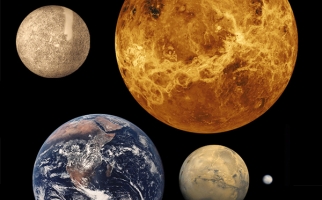
The Inner Solar System
STEM Explained
Earth is covered in rocks. So are Mercury, Venus, Mars and the Moon. Does that mean the rocky planets are all the same?
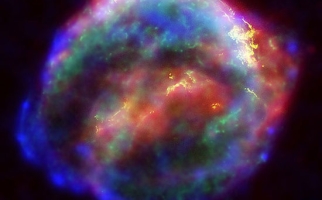
The Life and Death of Stars
STEM Explained
The life and death of stars form the chemical elements that make up Earth, making stars critical to life as we know it.
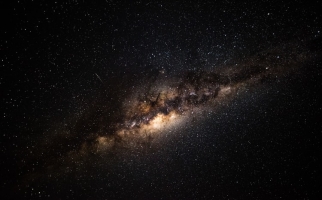
The Milky Way
STEM Explained
In 2019, scientists discovered that our galaxy, the Milky Way, is not the shape they thought it was. How do astronomers use astronomical distance to understand the shapes of galaxies?
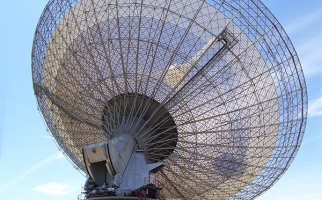
The Search for Extraterrestrial Intelligence - and How You Can Help!
STEM Explained
When astronomers search for extraterrestrial life, they often have to listen for radio waves coming from deep space. If you’re interested, you can help!
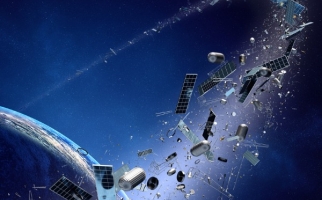
Space Junk
STEM Explained
Litter isn't just a problem on Earth. When litter ends up in space, it can cause collisions and other consequences for satellites, the International Space Station and even for people on Earth!

Spaceflight and Bone Loss
STEM Explained
Astronauts can experience bone loss in space. To understand why, you need to know a bit about how bones are formed and maintained in your body.
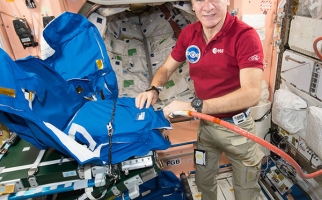
Radiation and Human Space Exploration
STEM Explained
One of the greatest hazards that humans in space face is cosmic radiation. Learn what cosmic radiation is, why it's dangerous, and ways that we are looking at protecting humans in deep space.
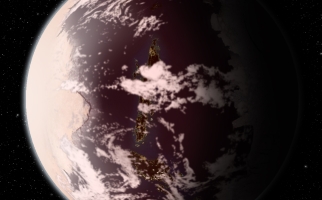
Searching for exoplanets around the star next door
STEM Explained
In planetary science, astronomers have found planets that orbit other stars, just like Earth orbits the Sun. Some of them might even be able to support life.
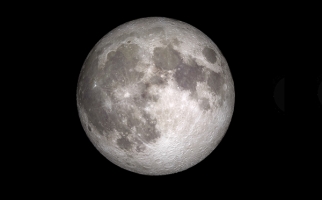
Moon: Phases
Picture Collections
8 images of different lunar phases showing the portion of the Moon lit by the Sun as the Moon orbits the Earth and as seen by us on Earth
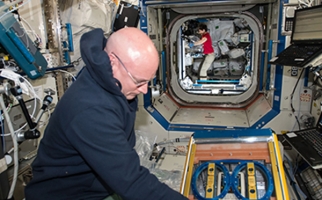
Noise on Earth and on the International Space Station
Backgrounders
This backgrounder explains what noise is, how it is measured, and how it affects our hearing, wellness and more.
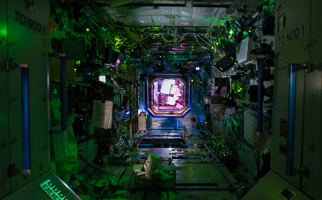
Light on Earth and on the International Space Station
Backgrounders
This backgrounder explains what light is, how it is measured, and how it affects people on Earth and astronauts on board the International Space Station.

Humidity on Earth and on the Space Station
Backgrounders
Humidity is an important part of life on Earth and life in space. This backgrounder explains what humidity is, how it is measured and how it affects us both mentally and physically.

Humidity on Earth and on the ISS
Backgrounders
Humidity is an important part of life on Earth and life in space. This backgrounder explains what humidity is, how it is measured and how it affects us both mentally and physically.
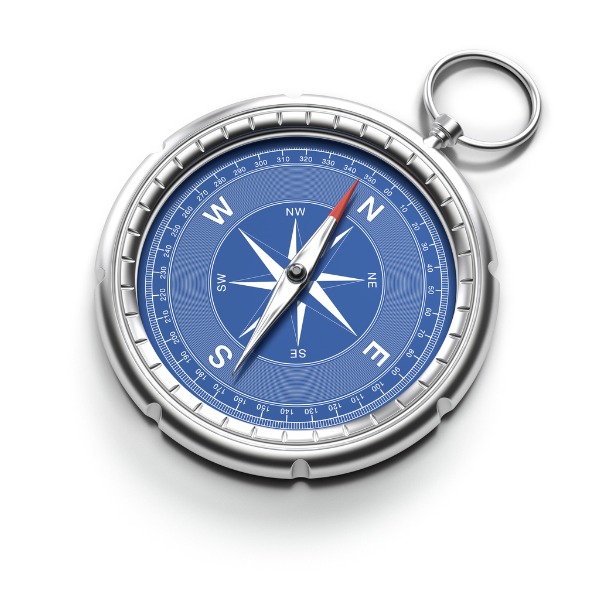
How can I tell which way is north at night?
Hands-on Activities
Do you like to look at the stars? What can you identify in the night sky? Try finding some important constellations tonight!

From Sky to Space
STEM Explained
Canadian astronauts Jeremy Hansen and David Saint-Jacques explain how learning to fly an aircraft prepared them for the challenges of living in space.